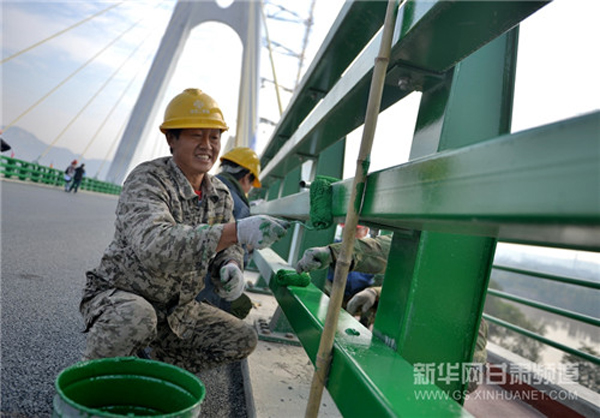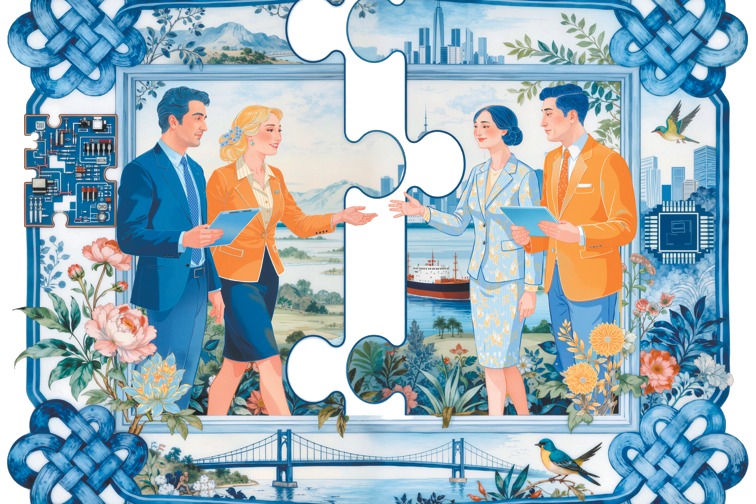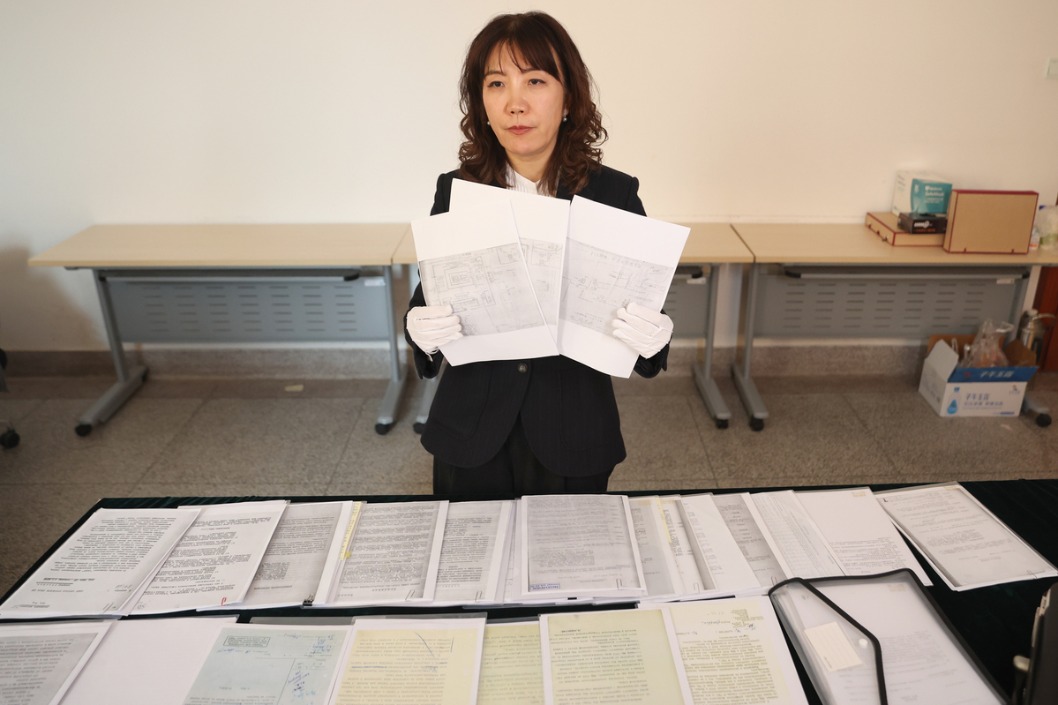Belt and Road will boost ties with Middle East


Judging by the US Energy Information Administration's forecast, China's demand for energy could double by 2030 if its domestic growth and overseas economic activities through the Belt and Road Initiative continue at the current pace. Hence, speculation is rife that China might be a prime bidder for the 5 percent stocks of Saudi Arabian Oil Company (Aramco) which Riyadh has decided to sell to ensure its future energy security.
Over the last two years, China has been expanding its oil imports from Iran, which has the fourth-largest oil reserve in the world. China imports 55 percent of its oil from the Middle East and North Africa. And some observers believe that given its current level of consumption, China could run out of its domestic energy sources in the next 15 years. Assuming this prediction proves correct, China would be even more dependent on the region for its energy security and, therefore, invest more in the political stability and security of the region.
Another factor that is deepening relations between China and the Middle East is the Belt and Road Initiative, which, once fully operational, will see China's greater involvement in the region's economies. One of the six corridors of the Belt and Road Initiative runs from Urumqi in China's Xinjiang Uygur autonomous region through Central Asia, Russia, Iran and Turkey to Europe, which has the potential of substantially boosting trade between China and the countries involved in the initiative. In fact, Chinese investment in many of these countries has risen considerably since 2015.
As a gateway to Central Asia and the Caspian Sea, and with the longest coastline in the Persian Gulf and 80 million consumers, Iran is poised to become a major transit hub for goods in this corridor. Iran is the sixth-largest oil exporter to China, and China is Iran's top oil importer and largest trade partner. Also, Chinese investment in Iran has increased 43 percent since 2016.
In January 2016 when President Xi Jinping visited Iran, which joined the Asian Infrastructure Investment Bank in 2015, the two countries pledged to expand their bilateral trade to $600 billion by 2025. The estimate may be exaggerated, but it reflects both sides' desire to expand their economic ties.
Saudi Arabia, which has the second-largest oil reserve in the world, is the third-largest oil exporter to China. China, on the other hand, is Saudi Arabia's top oil importer and biggest trade partner. Saudi Arabia has also agreed to join the China-Pakistan Economic Corridor, which extends from Kashgar in Xinjiang to Gwadar in Pakistan through to the Middle East and Europe. Apart from signing business deals worth $65 billion during Saudi King Salman's visit to Beijing in 2017, the two sides also pledged to work together to create synergy between "Saudi Vision 2030"-an initiative intended to diversify the Saudi economy-and the Belt and Road Initiative. Saudi Arabia joined the AIIB in 2015 and contributed $20 billion to its initial capital, hoping to attract Chinese investment, in order to bring to fruition the Saudi Vision 2030. And last year, Riyadh decided to put some of its massive sovereign funds in renminbi treasury notes, in the hope that the Chinese currency will appreciate substantially in the future.
In 2017 China-United Arab Emirates' trade was expected to surpass $46.3 billion achieved in 2016, with the UAE emerging as China's second largest trade partner in the region after Saudi Arabia. More than 2,400 Chinese enterprises are already registered as members of the UAE Chamber of Commerce. And tourism and flights between the two countries have expanded, with about 300,000 Chinese nationals living and working in Dubai alone.
In the last decade, China's trade with the region as a whole increased 600 percent. The projected value of the trade between the 22 Arab countries and China by 2024 is $600 billion. If we consider the fact that China-US bilateral trade in 2016 was estimated to be $578 billion, this is an impressive figure indeed, indicating that as the Belt and Road Initiative advances, the region may become increasingly important in China's geostrategic calculus.
The author is a professor of International Affairs at Texas Christian University, US. In 2017 he was a visiting scholar at Fudan Development Institute, Fudan University, Shanghai.


































